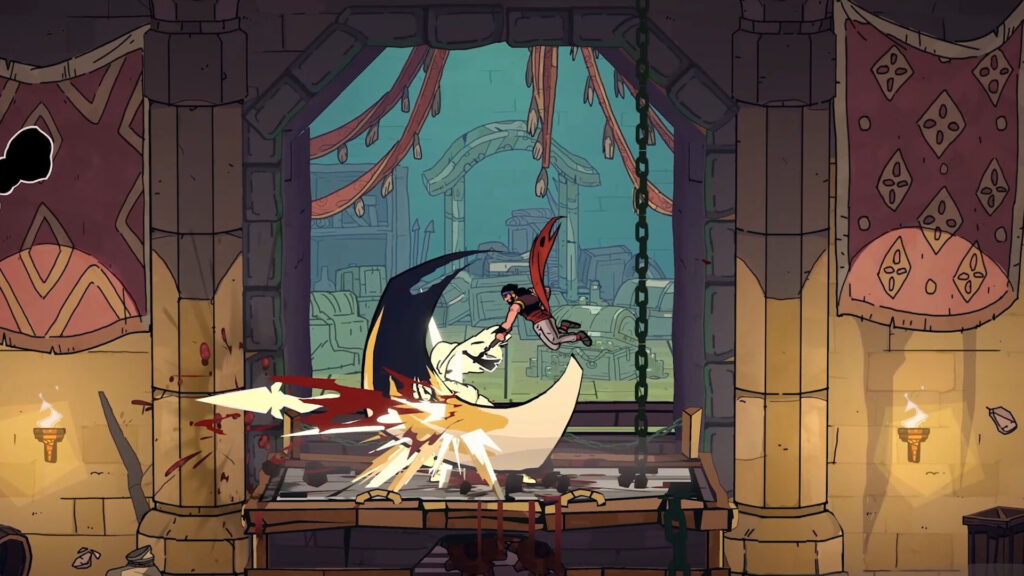In an ecosystem dominated by high-stakes acquisitions and mobile monetization wars, one browser game — Tiny Fishing — has quietly achieved what many startups strive for: global reach, sustained engagement, and zero reliance on ads.
Browser-Based, Brand-Building
Tiny Fishing is a deceptively simple pixel-art game: drop a fishing line, catch rare fish, and go deeper as your gear upgrades. But under the surface, the game leverages strong UX design, retention psychology, and entity SEO to drive viral adoption.
Built on Organic Momentum
Instead of traditional app store competition, the team behind Tiny Fishing focused on semantic authority. Through a structured content ecosystem, topical clusters (like the Rare Fish Tier List), and highly discoverable long-tail assets (e.g., the Golden Shark), the game rose to prominence in organic search.
Players stay not for visuals, but for consistent progress, rarity mechanics, and leaderboard-driven competition.
Potential as a Scalable Digital Product
The monetization model — focused on traffic, loyalty, and search discovery — presents an alternative to paid app installs. Tiny Fishing demonstrates that high-margin, low-cost game products can thrive through visibility, not just virality.

